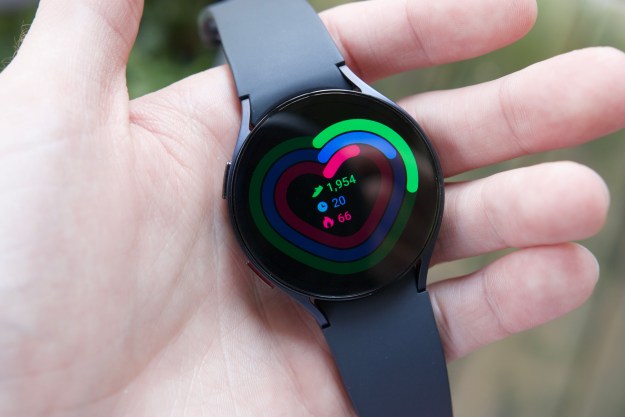
And apparently, no one has told the firm (or its users) how easy it is to make your way around the 10-article-per-month limit, because the app now boasts one million signups after just two years of existence.
Think of Blendle as the iTunes of journalism — for just a few cents, you’ll be able to read individual news articles from a wide range of supported publishers. And while that may not be an attractive option in and of itself, the real draw of the platform may be in its ad-free interface. So if you’re tired of having your reading experience interrupted by an ad that seems longer than the piece itself, this may be something of a solution. At least, it is for the “hundreds of thousands” of monthly active users Blendle now has.
Even more compelling is Bendle’s offer of a refund should you finish the article and be dissatisfied with its quality. According to the company, this money-back potential will encourage writers to create better content, prioritizing quality over quantity and refraining from clickbait-esque headlines. Already, Blendle co-founder Alexander Klöpping says, the company has refunded readers for around 10 percent of purchased articles (which seems like a rather high proportion).
The firm’s initial U.S. launch took place back in March, and included partnerships with some major players in the media space, including the New York Times, the Wall Street Journal, and the Financial Times. Each article from newspapers costs readers between 19 and 39 cents, while magazine participants such as Time, New York Magazine, and Mother Jones charge between 9 and 49 cents.
“We feel very strongly that consequential journalism is worth paying for, and that there is a strong need for more innovation in digital media to give consumers more options for directly supporting quality publishers,” said World Politics Review founder Hampton Stephens upon Blendle’s U.S. expansion. “Blendle is leading the way in proving that micro-payments can be an important part of publishers’ revenue mix, and we are excited to play a role in helping them bring their innovative platform to the U.S. market.”
At this point, TechCrunch reports, Blendle’s business has grown 300 percent over the last year, and the app projects that its burgeoning reader base will have consumed some 20 million articles by the end of 2016.
Updated on 8-12-2016: Blendle hits 1 million signups.
Editors' Recommendations
- Whatever you do, don’t buy the Google Pixel 7a right now
- I turned my phone into a camera, and I don’t want to go back
- Don’t buy a Galaxy S24 Ultra or iPhone 15 Pro Max. Do this instead
- GPUs are cheap right now, but don’t be tempted just yet
- Don’t wait for the Galaxy S24 Ultra. Just buy this phone instead

